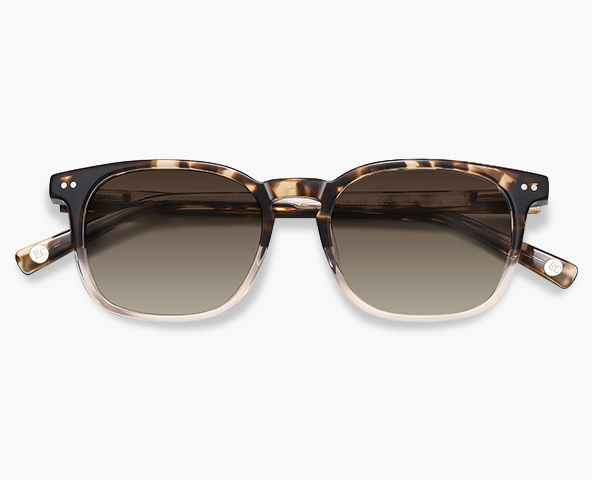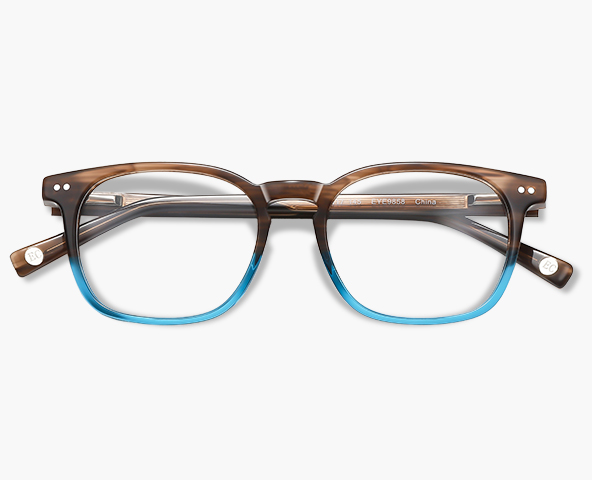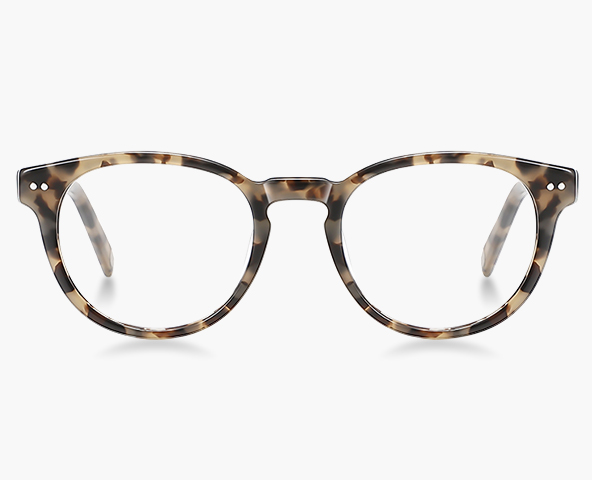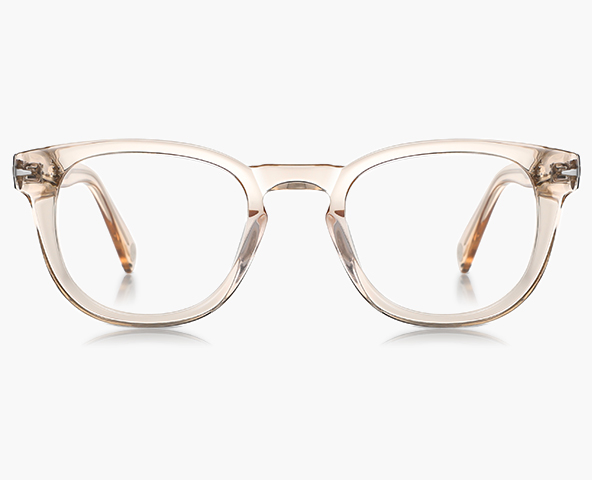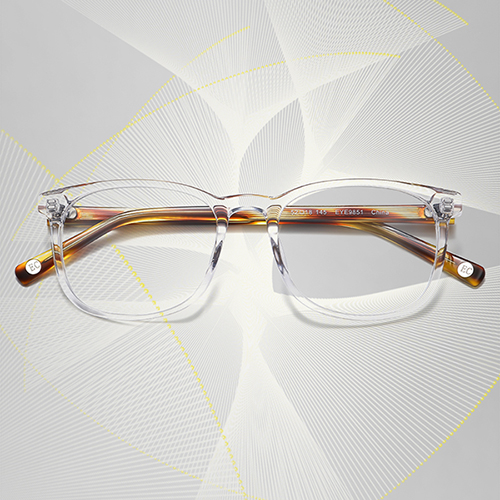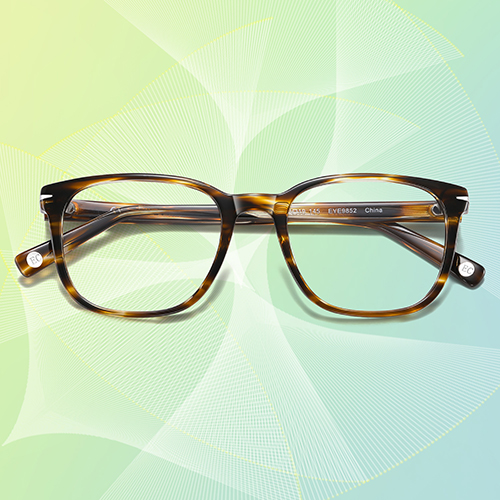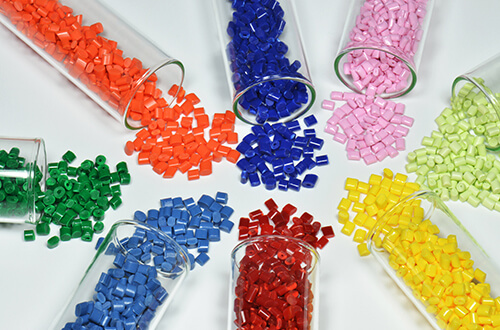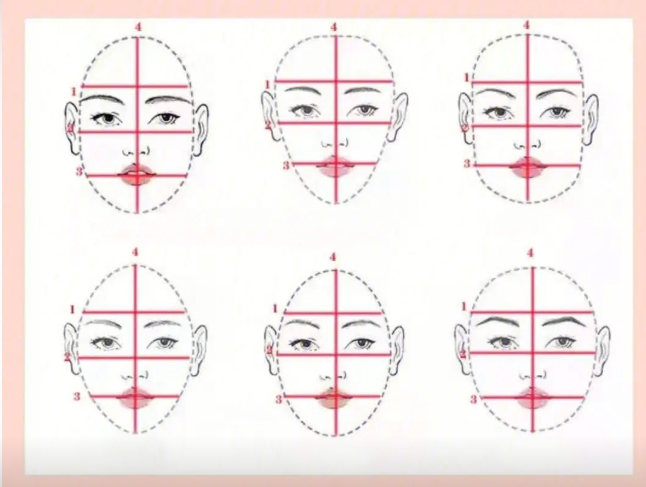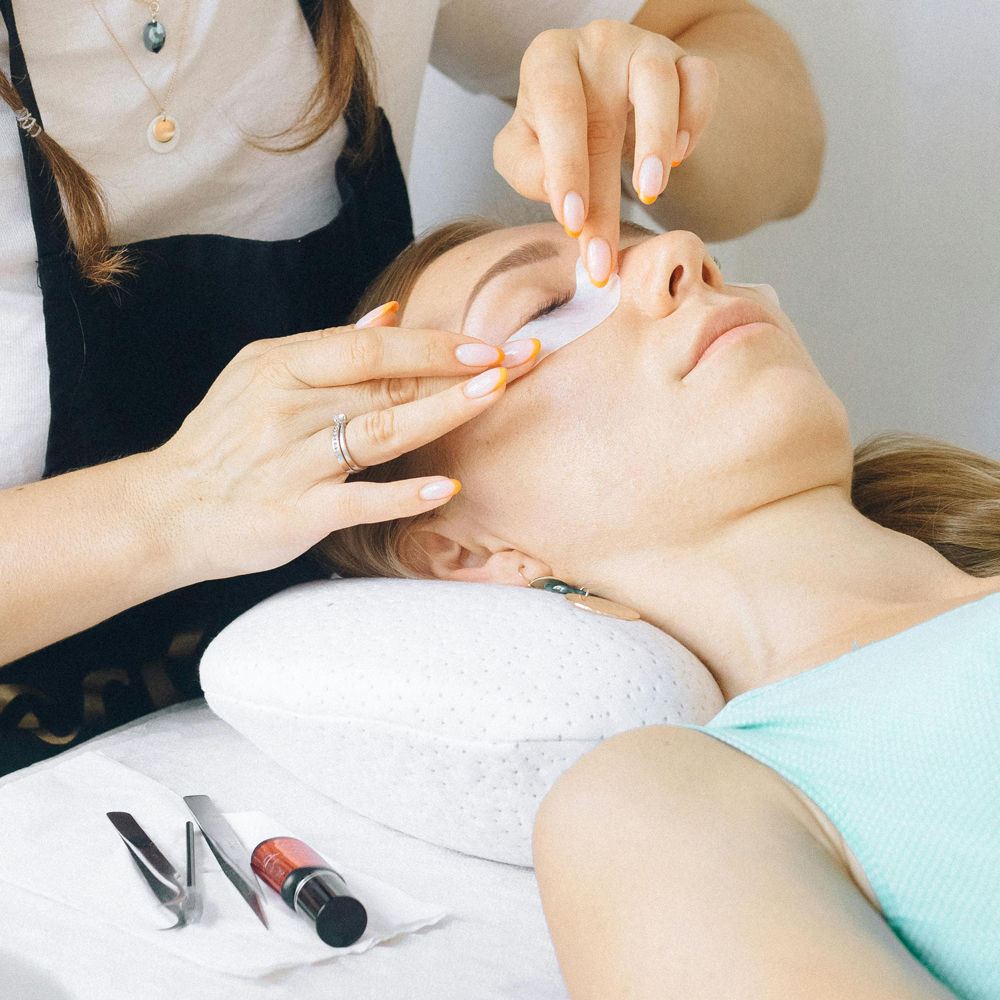Eyecedar Glasses
Login to your accountNew to Eyecedar? Sign up now!
Create new accountEyecedar Glasses
Find your accountNew to Eyecedar? Sign up now!
Create new accountx
EYE CEDAR INTERNATIONAL
Monthly Archives: May 2024
We can't find posts matching the selection.
Categories
- Fashion (2)
- Men (4)
- Women (5)
- Accessories (0)
- Eye Health (7)
Recent Posts
Tags
prescription glasses
Eyeglasses
blue light glasses
cat-eye glasses
anti-blue light glasses
sunglasses
eye protection
computer glasses
women's glasses
square glasses
Eye Health Advice
Round frames
Remove Foreign Object from Eye
Eye Care
Safe Eye Removal Methods
Non-Prescription Blue Light Glasses
Eye Health Benefits
Myopia Prevention
digital screens
blue light
Square frames
3-pair set
Contact Lens Costs
Prescription Lenses
Eyeglasses for Face Shape
Best Glasses Frames
Eyewear Style Tips
ClearVision
GlassesStyle
OpticalCare
Glasses Frames
Frame Materials
Eyewear Guide
Proper Lighting
women's eyewear
Photochromic Lenses
Round glasses
progressive glasses
blue glasses
tortoiseshell glasses
champagne coloured glasses
lenses
optical lenses
lens types
Oval glasses
Lens Type
Frame Style
Anti-Reflective Coating
Multi-Pack Reading Glasses
blue light protection

